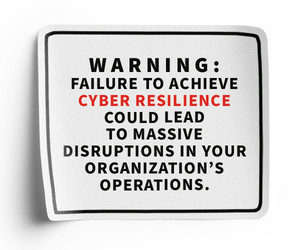Zero trust helps to limit the potential impact of a cyber incident through constant verification of trust, making it a fundamental strategy for cyber resilience. However, the investment and effort to implement zero trust widely can be overwhelming. On top of that, schools face staffing challenges in their IT departments.
“Many districts have impossibly high device-to-staff ratios (some as high as 30,000 to 1), and some have zero dedicated cybersecurity personnel,” says April Mardock, CISO at Seattle Public Schools. “K–12 schools are gradually adopting aspects of zero-trust security, although the term is often defined differently across organizations. Many schools are embracing the deny-by-default principle, which assumes a breach has already occurred and aims to minimize its impact.”
If IT leaders and school administrators understand the concept of minimum viability for an organization, they can focus their investments in zero-trust strategies on those that will have the greatest impact.
Understanding Minimum Viability
In considering how to improve their cyber resilience, K–12 IT leaders should identify and prioritize key processes that must be maintained for the organization’s continuing operation. Maintaining these processes should be key in schools’ backup and recovery plans.
RELATED: Schools need an incident recovery plan today. Here’s why.
The result of this assessment is the minimum viable organization, a concept that accounts for how long the organization can operate without specific processes or options that may be available for fulfilling these needs.
For K–12 school districts, delivering education to students is the key function for minimum viability. Schools must be able to continue teaching, so tools that enable this are essential. This includes systems that keep students safe physically and online, as well as payroll systems that ensure staff members are paid. Districts with a high level of cyber resilience will be able to recover these systems quickly and effectively.
Organizations must focus their investments in cyber resilience on the steps that enable them to maintain minimum viability. Getting critical functions back on track is essential to enabling rapid recovery from a cybersecurity incident.













